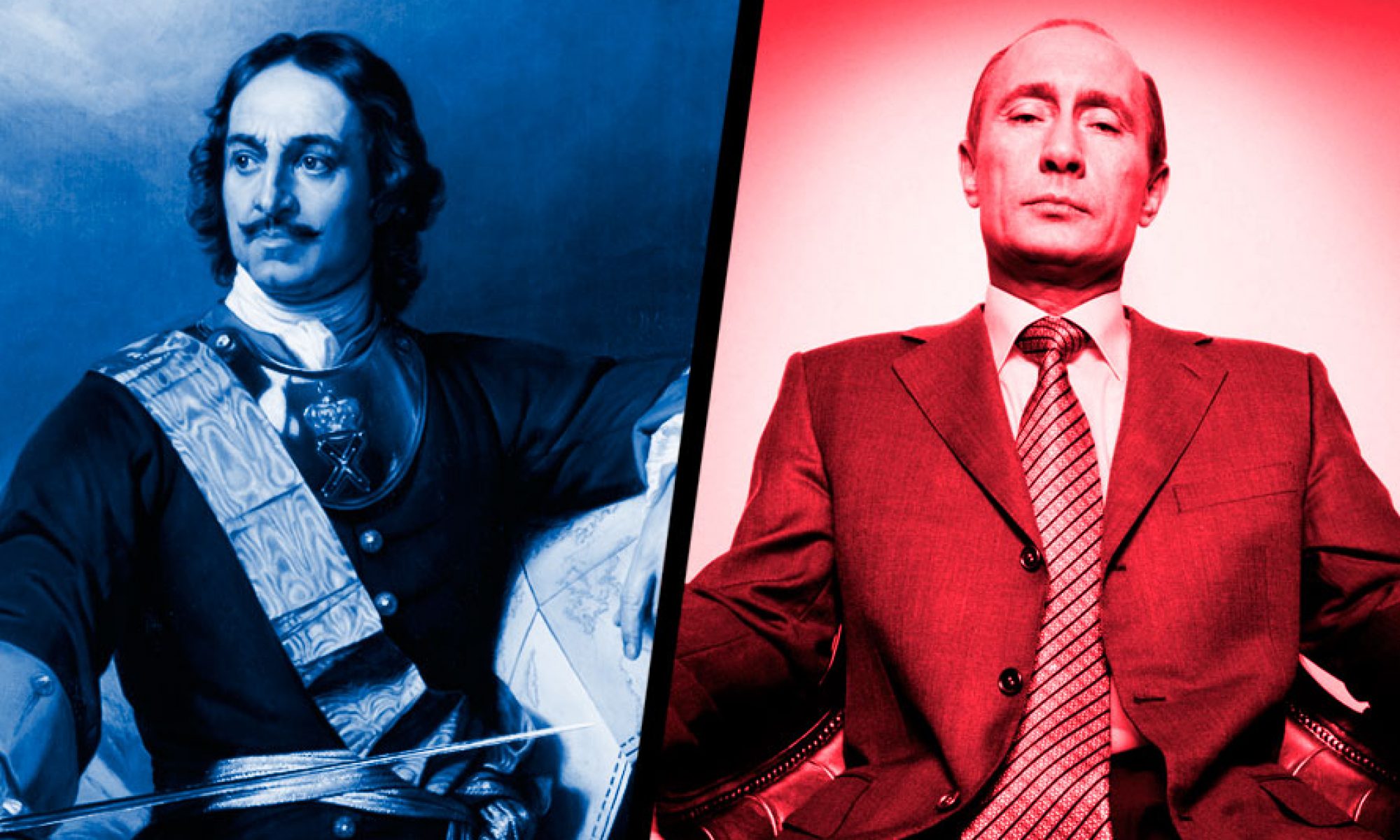As we have learned, Peter the Great’s Revolutions were expansive and grand. His revolutions of Russian culture were no different. Peter made vast changes to the Russian culture, Europeanizing and Secularizing Russian art, architecture, and language. While some changes were practical in the sense of “modernizing” Russia, other changes were made for the likeness and personality of Peter the Great. Overall, Peter redefined the “look” of Russia. According to Hughes, Western images and ideas described Russia with words like “exoticism” and “otherness” (54). Peter sought to change this perception. By changing the way Russia “looked,” with respect to its buildings, language, and art, Peter was revolutionizing Russia. Please consider the following discussion questions. Due to the inconvenience of remote learning, it was easier for John and I to make two separate posts. Please review both of our posts and questions. Thank You!
Discussion Questions
- On page 75, Cracraft makes the claim, “A cultural revolution thus underlay and ultimately linked up all of Peter’s revolutionary projects…” (75). Recall the political and social revolutions of Peter the Great. Is Cracraft true in saying that Peter’s cultural revolutions (the architectural, visual, and verbal) are the foundation of his other revolutions? Could Peter’s political and social revolutions survive without a change to culture? Consider one of many cultural revolutions that Cracraft details in Chapter 4. Is there a connection with this change, whether explicit or implicit, to other changes that Peter enacted in Russia?
- In Chapter 6, Cracraft details the development of St. Petersburg. He includes Pushkin’s description of St. Petersburg, calling it the “Window on the West” (155). What does this description mean? What does this tell us as to why Peter the Great relocated to St. Petersburg. Cracraft later critiques this descriptor of St. Petersburg as “too passive” (155). Do you agree with his critique? Why or why not?
- View the portraits of Tsar Alexei and Peter the Great, as showed in Hughes’ secondary source. Recall that “the only surviving dated image of Aleksei to be signed by an artist appears in the lower left-hand corner of an icon, The Tree of the Muscovite Realm (1668), by the court icon-painter Simon Ushakov” (Hughes 53). Peter’s portrait was an oil painting by Dutch painter, Carel Moore. What do the differences in artists tell us about Peter’s visual revolution? Peter’s lack of Orthodox iconography in his portrait is significant. Do you have to remove certain cultural aspects in order to establish a cultural revolution?
- The final question deals with the images and video of the Grand Peterhof Palace. What was your original reaction to the images and video? How does the background music in the video add (subtract) to (from) your reaction? Compare your reaction of the Grand Peterhof Palace to the pictures of slides 3-5 in Dr. Goldman’s slideshow. How do you make sense of the websites’ presentations of the Grand Peterhof Palace with Peter’s development of St. Petersburg?

In response to Question 2:
When Count Francesco Algarotti described St. Petersburg, he had the same sentiment by depicting “this new city” as “this great window recently opened in the north through which Russia looks on Europe” (155). Calling it the “window on the West,” Pushkin aims to solidify that St. Petersburg is a creation to display Peter the Great’s fascination with Europe, European style, and European culture. St. Petersburg is like peering out a window that is Russia and seeing your side-yard filled with a European city. Peter the Great relocated to St. Petersburg because it was easier to start from scratch than to try to change Moscow to fit his vision. It was a symbol of his victories in the war with Sweden, and he wanted to make St. Petersburg his own.
I agree with Carcraft when he critiques the “window on the West” descriptor as “too passive.” St. Petersburg may have been an importation of European art, but it was a major port for Russia to receive both goods and culture. St. Petersburg was the outlet to Europe where ideas and people came to and then disseminated further through Russia afterwards. It had one of the biggest printing presses which developed and produced secular works that were distributed all throughout Russia. I would not describe St. Petersburg as the “window on the West” but as “the port to the West.”